A Local’s Guide to Understanding Vietnamese Culture Before You Visit
Visiting Vietnam is more than just a holiday—it’s a cultural journey. Beyond breathtaking landscapes and delicious street food, Vietnam’s heart lies in its traditions, values, and ways of life. In this guide, I’ll show you through everything you need to know about Vietnamese culture.
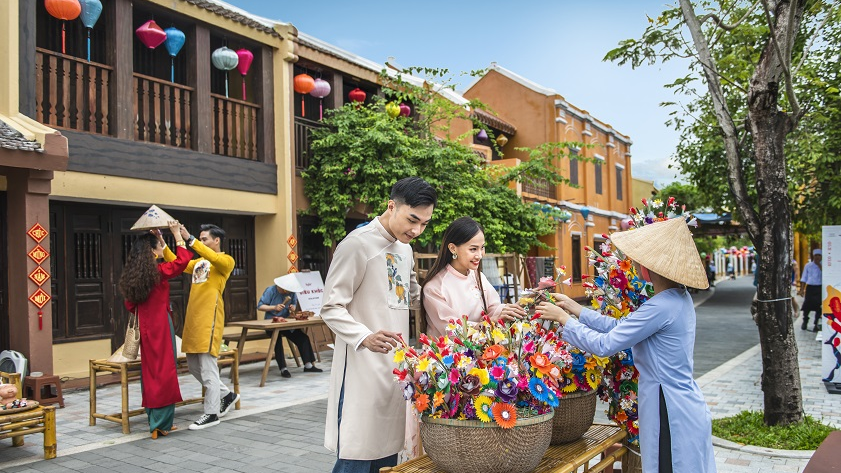
Table of contents:
1. The Foundations of Vietnamese Culture
Influence of Confucianism and Buddhism
Vietnamese values are deeply rooted in Confucianism and Buddhism. Respect, harmony, and balance guide daily interactions. Confucian principles highlight family loyalty and respect for elders, while Buddhism shapes the calm, spiritual side of Vietnamese life.

Family and Community Values
Family is the cornerstone of Vietnamese society. Decisions are often made collectively, and younger generations are expected to care for older family members. Community life also plays a huge role—you’ll notice how neighbors often look out for one another.
Respect for Elders and Hierarchy
Age and status matter in Vietnam. Showing respect to elders—whether through greetings, speech, or body language—is essential. A small gesture, like offering something with both hands, goes a long way in demonstrating politeness.
2. Everyday Etiquette and Social Norms
Greetings and Politeness
The most common greeting is a slight bow or nod, often accompanied by a smile. Handshakes are becoming more common, but always use both hands when handing something to someone—it shows respect.
Dining Etiquette You Should Know
Vietnamese meals are communal. Don’t stick your chopsticks upright in rice—it resembles incense sticks at funerals. Wait for the eldest person to start eating before you do, and always try a little bit of everything offered.
Gift-Giving Traditions
If you’re invited to a local’s home, bring small gifts like fruit, sweets, or souvenirs. Avoid giving sharp objects (symbolizing cutting ties) or black-colored items (linked to bad luck).
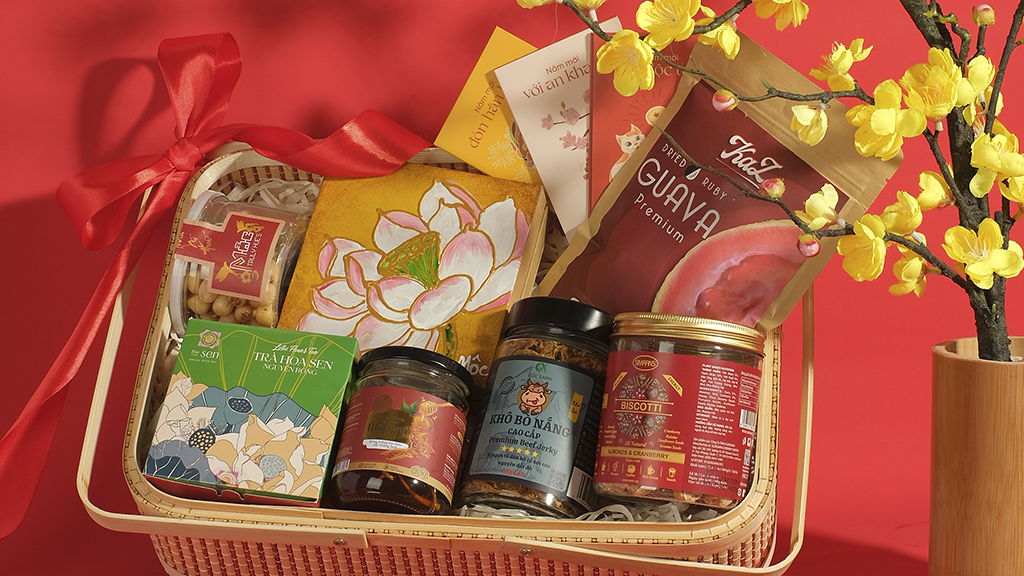
Dos and Don’ts in Public
- Do dress modestly when visiting temples or pagodas.
- Don’t touch someone’s head—it’s considered sacred.
- Do remove your shoes before entering someone’s home.
- Don’t lose your temper in public; maintaining face is important.
3.Festivals and Traditions
Tet (Vietnamese Lunar New Year)
Tet is the most important celebration in Vietnam. Families reunite, honor ancestors, and welcome the new year with fresh beginnings. Travelers visiting during Tet will experience vibrant markets, dragon dances, and festive foods.
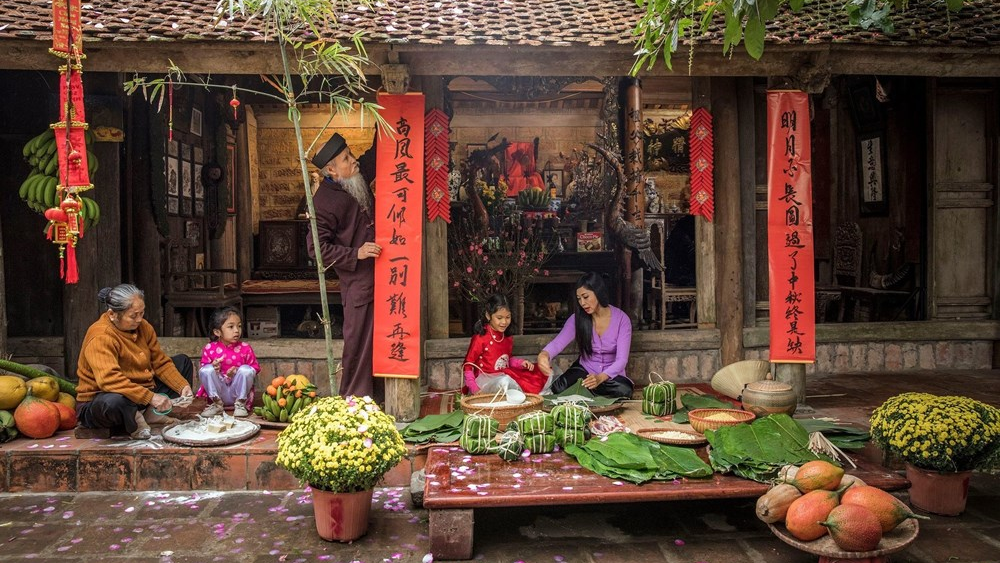
Mid-Autumn Festival
This family-oriented festival celebrates the harvest. Streets fill with lanterns, children enjoy mooncakes, and communities gather for lion dances. It’s a joyful time to experience Vietnamese traditions firsthand.

Local Ceremonies and Ancestral Worship
Vietnamese people regularly honor their ancestors with offerings at home altars. This practice reflects the deep cultural respect for family ties and spiritual connections.

4. Vietnamese Cuisine and Its Cultural Meaning
The Philosophy of Balance (Yin-Yang in Food)
Vietnamese cuisine follows the yin-yang principle—balancing hot and cold ingredients, sweet and salty, crunchy and soft. This philosophy ensures not just taste but also harmony in health.
Regional Food Differences (North, Central, South)
- North Vietnam: Light, balanced flavors such as Pho.
- Central Vietnam: Spicy, bold, and colorful such as Bun bo hue.
- South Vietnam: Sweeter dishes with fresh herbs such as Com tam or Banh xeo.
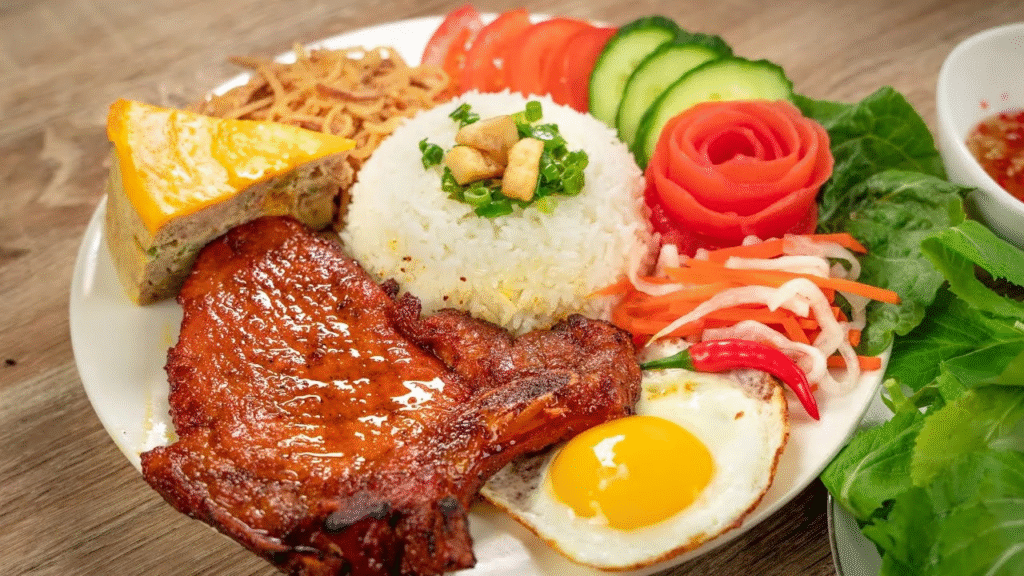
Street Food as a Social Experience
Street food isn’t just about eating—it’s a lifestyle. Sitting on small stools with locals while enjoying banh mi or bun cha is one of the best ways to connect with Vietnam’s culture.
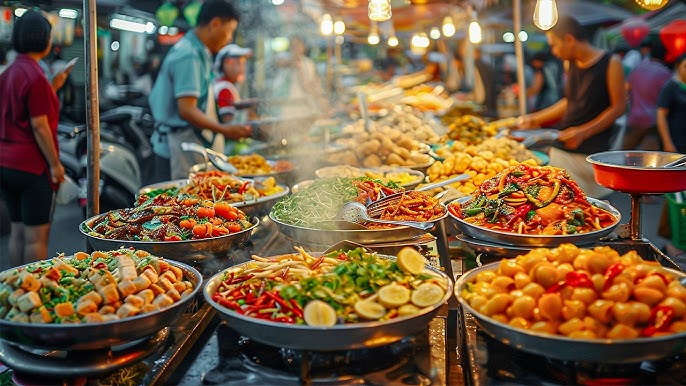
5. Language and Communication
Importance of Tone in Vietnamese Language
Vietnamese is a tonal language—meaning a single word can have different meanings depending on tone. Don’t worry if you can’t master it; locals appreciate any effort you make.
Common Phrases to Learn Before Visiting
- “Xin chào” (Hello)
- “Cảm ơn” (Thank you)
- “Xin lỗi” (Sorry/Excuse me)
- “Bao nhiêu?” (How much?)
Learning a few phrases shows respect and often brings warm smiles.
Body Language and Non-Verbal Cues
Smiles are a universal sign of friendliness. Avoid too much physical contact unless you’re close to someone. A nod or small bow is always a safe way to greet.
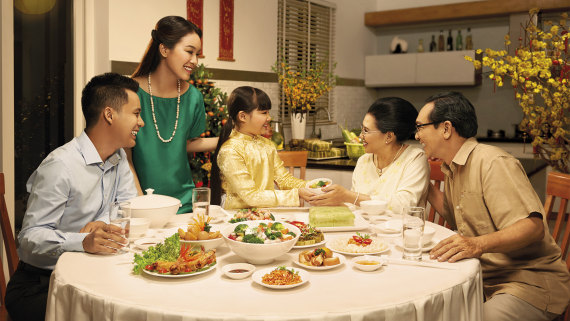
6. Modern Vietnam – Tradition Meets Change
How Young Generations View Culture
Vietnamese youth are tech-savvy and globally connected but still value traditions. They often blend modern lifestyles with cultural respect, showing how adaptable Vietnam is.
Blending of Traditional and Modern Lifestyles
In big cities like Hanoi and Ho Chi Minh City, skyscrapers stand beside ancient pagodas. You’ll see locals wearing ao dai for special occasions while embracing global fashion trends daily.
Understanding Vietnamese culture before visiting will enhance your journey. From showing respect to elders to enjoying food the local way, every cultural detail adds depth to your trip. By engaging respectfully, you’ll not only explore Vietnam—you’ll truly connect with its people.
✨If you don’t receive a response, please contact me directly via my WhatsApp number or send me an Email📱 WhatsApp: +84 383 624 632 📧 Email: info@saigontastetours.com 🌐 Website: www.saigontastetours.comBook a Once-in-a-Lifetime Experience with us
OUR EXPERIENCES
Ao Dai Motorbike Tours Cu Chi Tunnels Excursions Ho Chi Minh Day Trips, and Combos Mekong Delta Adventures Saigon: Culture & History Saigon Street Food Southern Vietnam Coastal Adventures Taste Of Saigon Tours
Don’t leave just yet—stay with us a bit more!

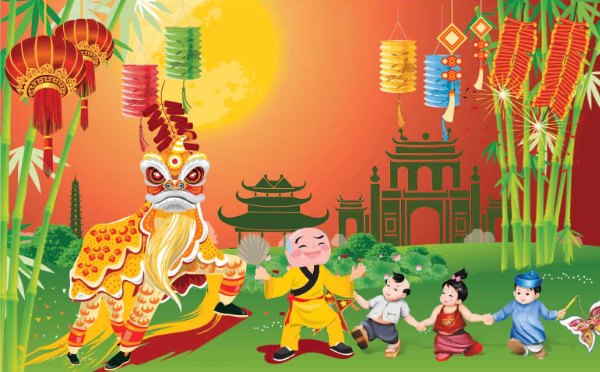

Leave a Reply